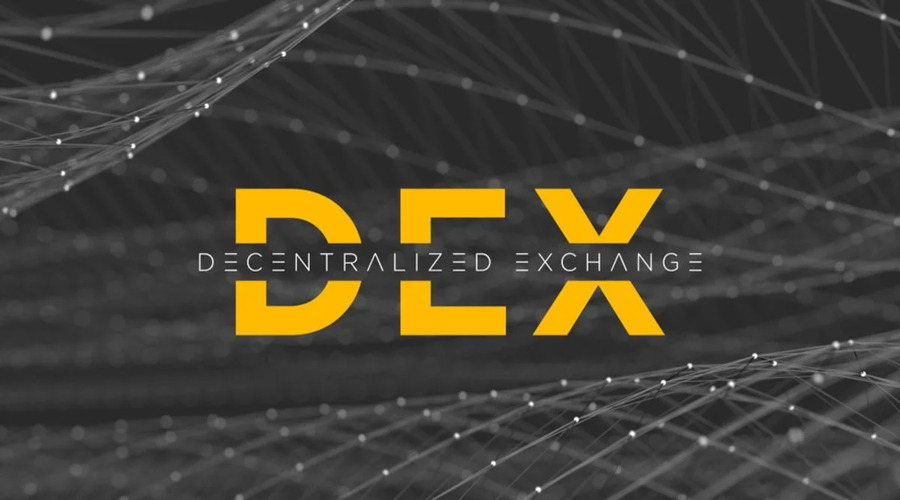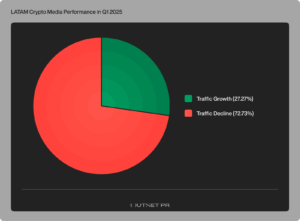
Decentralized exchanges (DEXs) have gained significant popularity in recent years as a viable alternative to centralized exchanges. While centralized exchanges are controlled by a single entity, DEXs operate on a decentralized network, allowing users to exchange cryptocurrencies without the need for a central authority.
One of the key aspects of any exchange, whether centralized or decentralized, is liquidity. In this article, we will explore liquidity in decentralized exchanges, its importance, and the factors that impact it.
What is Liquidity?
Liquidity is a term used to describe the ease with which an asset can be bought or sold in the market without affecting its price. In simpler terms, it refers to the availability of buyers and sellers in a market.
In the context of decentralized exchanges, liquidity refers to the amount of cryptocurrency available for trading at any given time. The higher the liquidity, the easier it is for traders to buy or sell cryptocurrency without impacting its price.
Why is Liquidity Important?
Liquidity is a crucial factor for any exchange, as it provides a fair and efficient trading environment. It ensures that traders can easily buy or sell cryptocurrency at a fair price, without the need for a large spread between the bid and ask prices.
In addition, liquidity also helps to stabilize the price of cryptocurrencies by preventing sudden price swings. If there is low liquidity in a market, a large buy or sell order can cause a significant price movement. On the other hand, high liquidity helps to absorb large buy or sell orders without impacting the price significantly.
Factors Affecting Liquidity in Decentralized Exchanges
Several factors can impact the liquidity of cryptocurrencies in decentralized exchanges. Let’s take a look at some of the most significant ones:
Number of Users
The number of users trading on a decentralized exchange has a direct impact on liquidity. The more users there are, the more liquidity there is likely to be. This is because more users mean more buy and sell orders, which increases the trading volume and liquidity.
Trading Pairs
The number and diversity of trading pairs available on a decentralized exchange also play a significant role in liquidity. The more trading pairs there are, the more options traders have, which can attract more users and increase liquidity.
Token Distribution
The distribution of tokens can also impact liquidity. If a large percentage of tokens are held by a small group of people, it can lead to low liquidity as there are fewer tokens available for trading.
Market Volatility
Market volatility is another significant factor that can impact liquidity. In times of high volatility, traders may be hesitant to buy or sell cryptocurrency, leading to lower liquidity. On the other hand, periods of low volatility can attract more traders, increasing liquidity.
User Experience
The user experience of a decentralized exchange can also impact liquidity. If the exchange is difficult to use or has a poor interface, it may discourage users from trading, leading to lower liquidity.
Improving Liquidity in Decentralized Exchanges
There are several ways in which liquidity can be improved in decentralized exchanges. Let’s take a look at some of the most common ones:
Market Making
Market making is a process whereby traders provide liquidity to a market by placing limit orders around the current market price. This helps to reduce the spread between the bid and ask prices and encourages trading activity.
Incentives
Decentralized exchanges can also incentivize users to provide liquidity by offering rewards such as trading fees or token rewards. This can encourage users to keep their funds in the exchange, increasing liquidity.
Aggregators
Aggregators are platforms that combine liquidity from multiple decentralized exchanges, creating a larger pool of liquidity. This can help to attract more traders and increase liquidity in decentralized exchanges.
Smart Contract Design
The design of the smart contract underlying a decentralized exchange can also impact liquidity. For example, some DEXs use automated market makers (AMMs), which use a mathematical formula to determine the price of assets based on the ratio of the assets in the liquidity pool. AMMs can be more resilient to market volatility and can offer more liquidity than traditional order book-based exchanges.
Network Congestion
The underlying blockchain network that a decentralized exchange operates on can also impact liquidity. If the network is congested and has high gas fees, users may be less likely to trade, leading to lower liquidity.
Regulatory Environment
The regulatory environment can also play a role in the liquidity of decentralized exchanges. If a regulatory authority restricts or bans the use of cryptocurrencies, it can lead to lower liquidity as users may be hesitant to trade.
Market Depth
Market depth refers to the volume of orders available at various price levels in the order book. A deeper market with more orders can provide more liquidity, as traders have more options to buy or sell at a fair price.Trading Volume
The trading volume of a decentralized exchange is also an important factor for liquidity. Higher trading volumes mean more orders, which can lead to more liquidity. However, trading volume alone is not a perfect indicator of liquidity, as high volumes may be due to wash trading or other manipulative activities.
Reputation
The reputation of a decentralized exchange can also impact its liquidity. A DEX with a history of hacks or security breaches may deter users from trading, leading to lower liquidity. Conversely, a DEX with a strong reputation for security and reliability can attract more users, increasing liquidity.
Conclusion
In conclusion, liquidity is a crucial factor for the success of decentralized exchanges. A high level of liquidity can provide a fair and efficient trading environment, prevent sudden price swings, and stabilize the price of cryptocurrencies. Factors that impact liquidity in decentralized exchanges include the number of users, trading pairs, token distribution, market volatility, user experience, smart contract design, network congestion, regulatory environment, market depth, trading volume, and reputation. Decentralized exchanges can improve liquidity by implementing market making strategies, offering incentives, using aggregators, and improving their smart contract design.
I’m a highly experienced and respected author in the field of Cryptocurrencies. I have written numerous articles and books on the subject, and my work is highly regarded by my peers. I have a strong understanding of the technology behind cryptocurrencies, and I am always up-to-date with the latest developments in the space. I am also an active investor in cryptocurrencies, and I have made a significant profit from investing in this new asset class. In addition to my writing and investment activities, I am also an active member of the cryptocurrency community, and I frequently speak at industry events.








